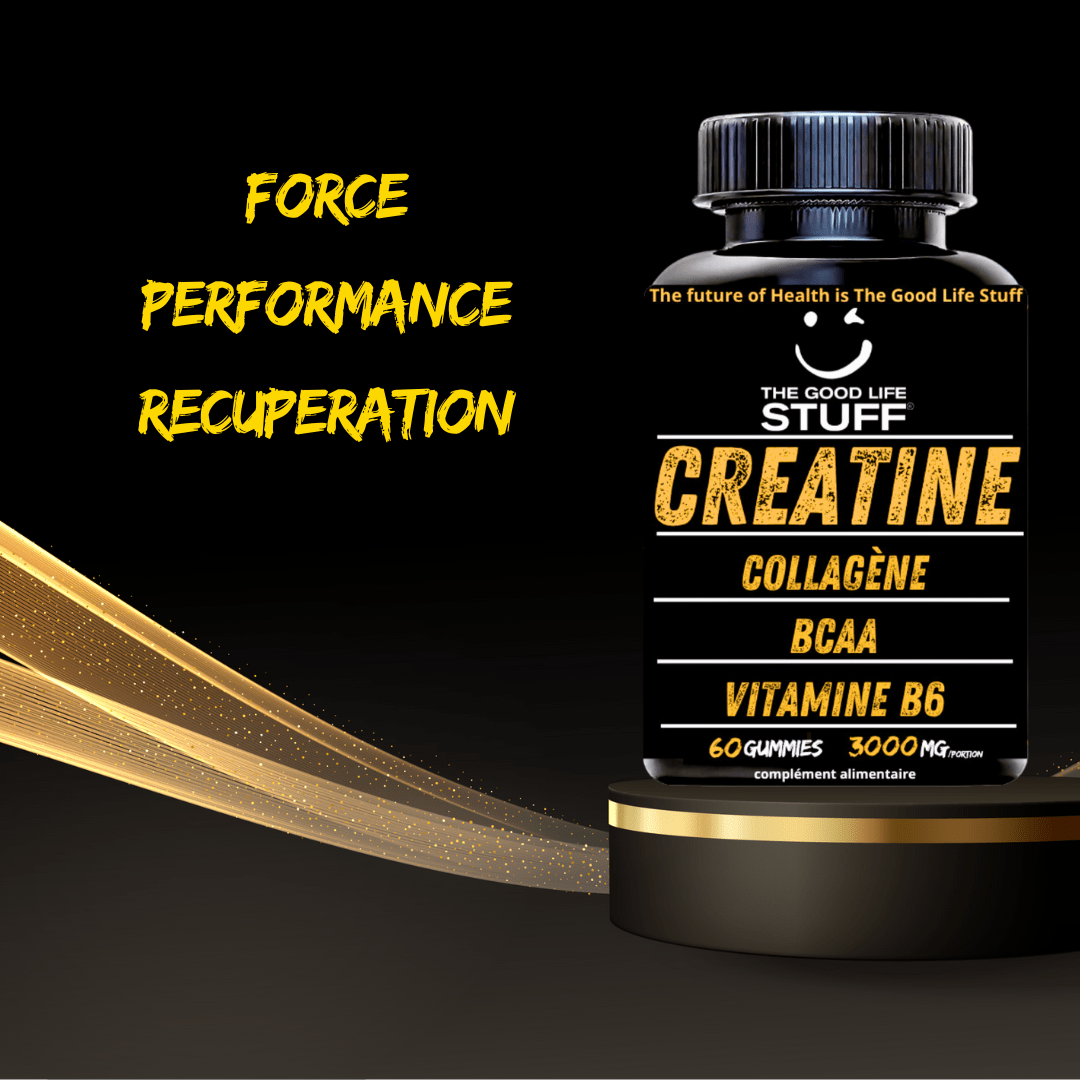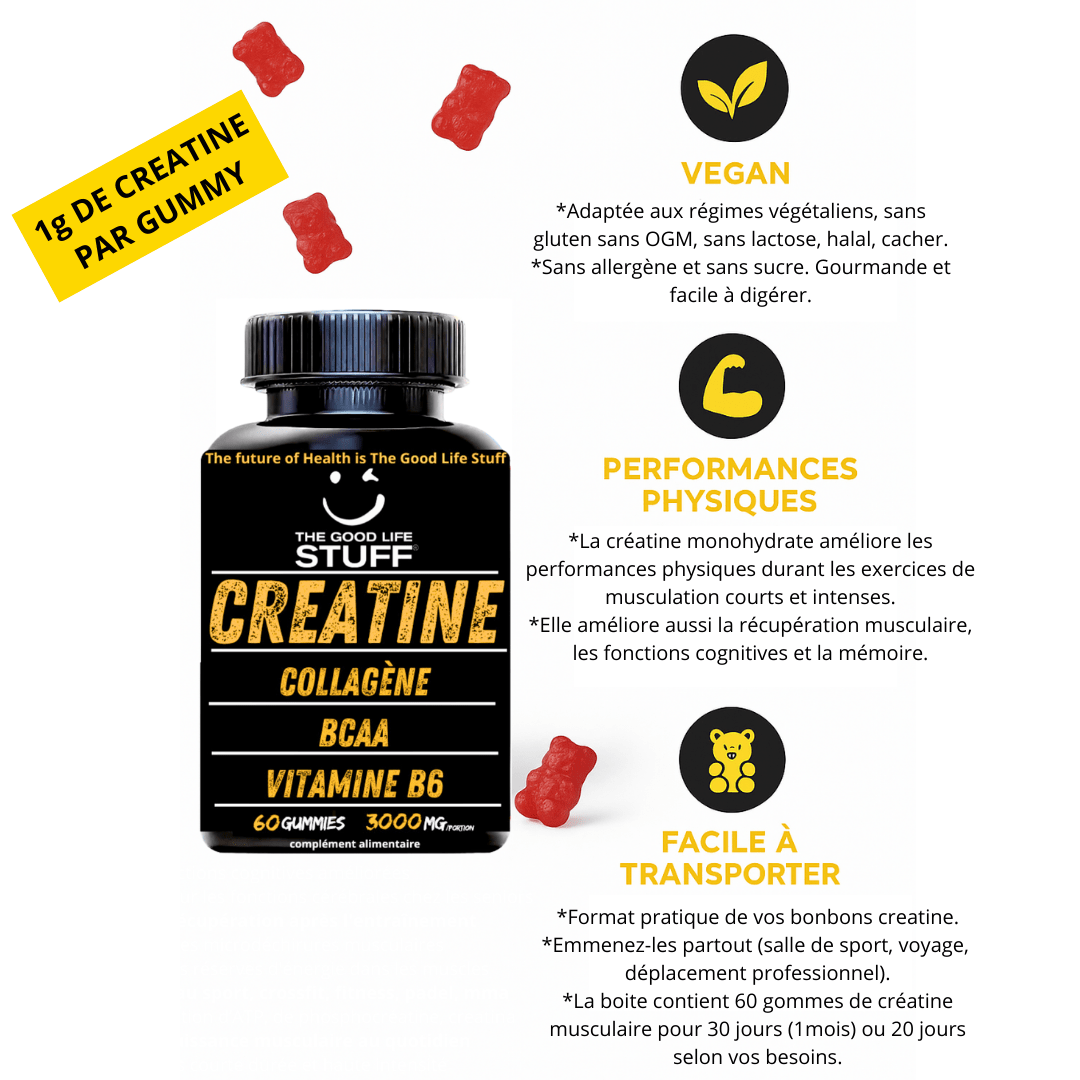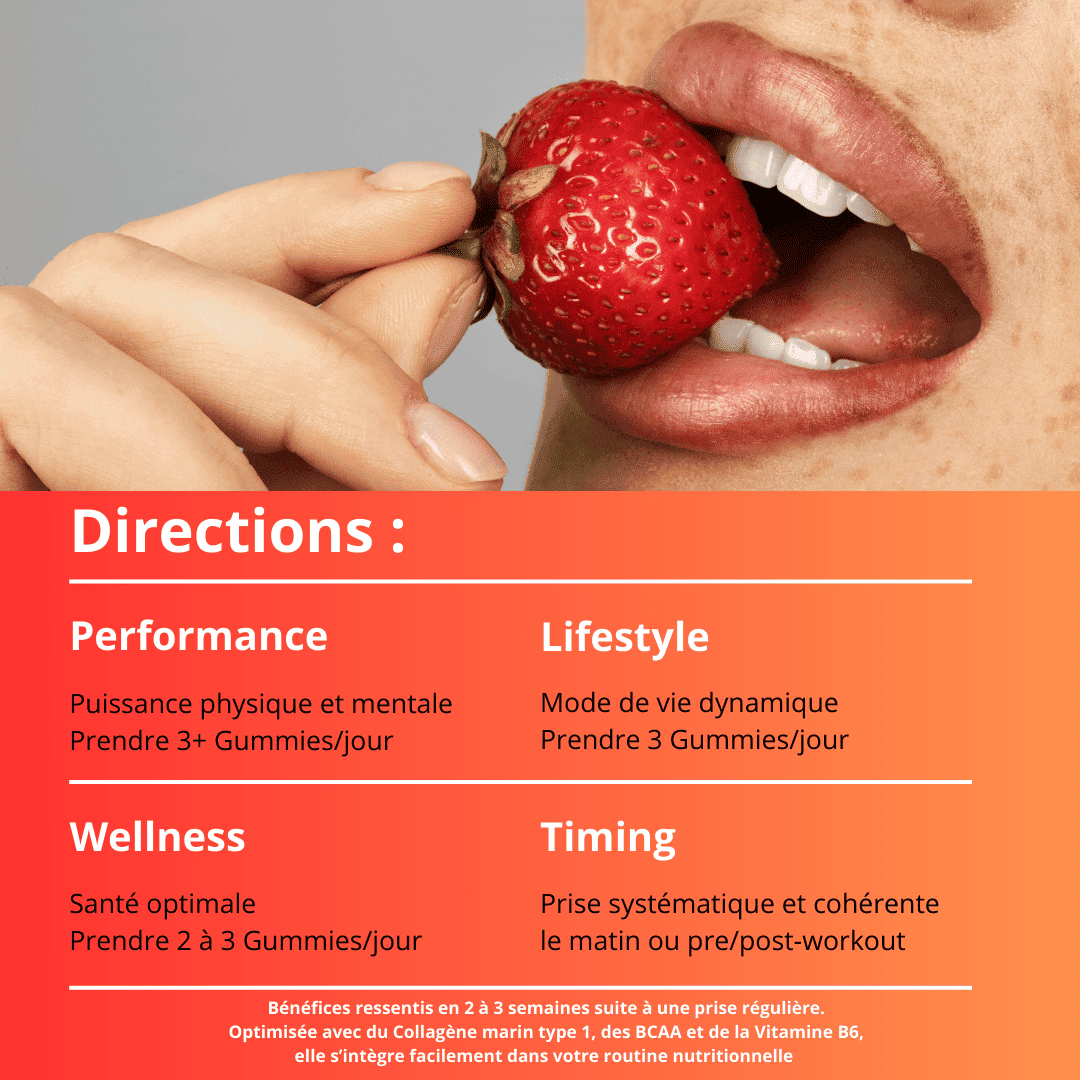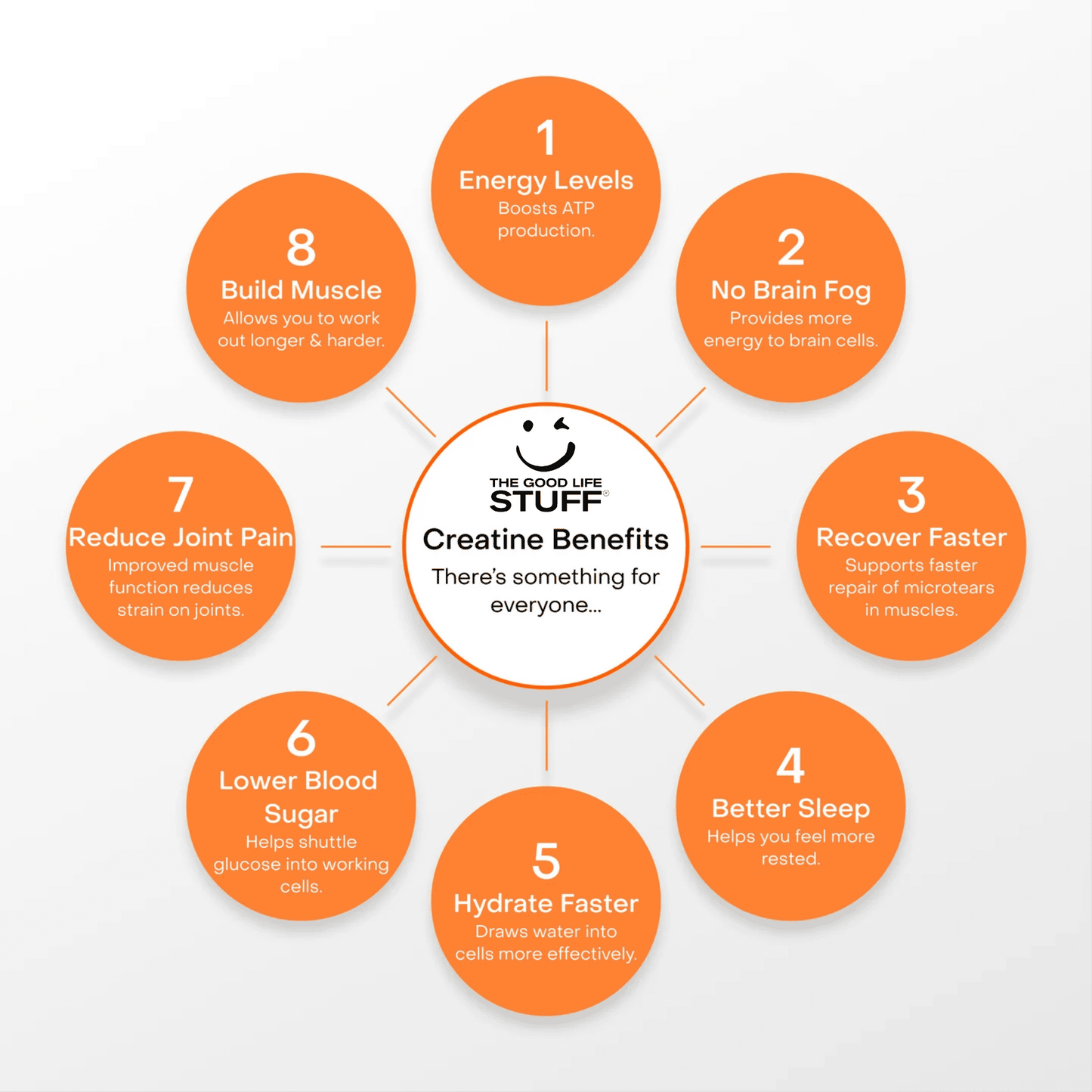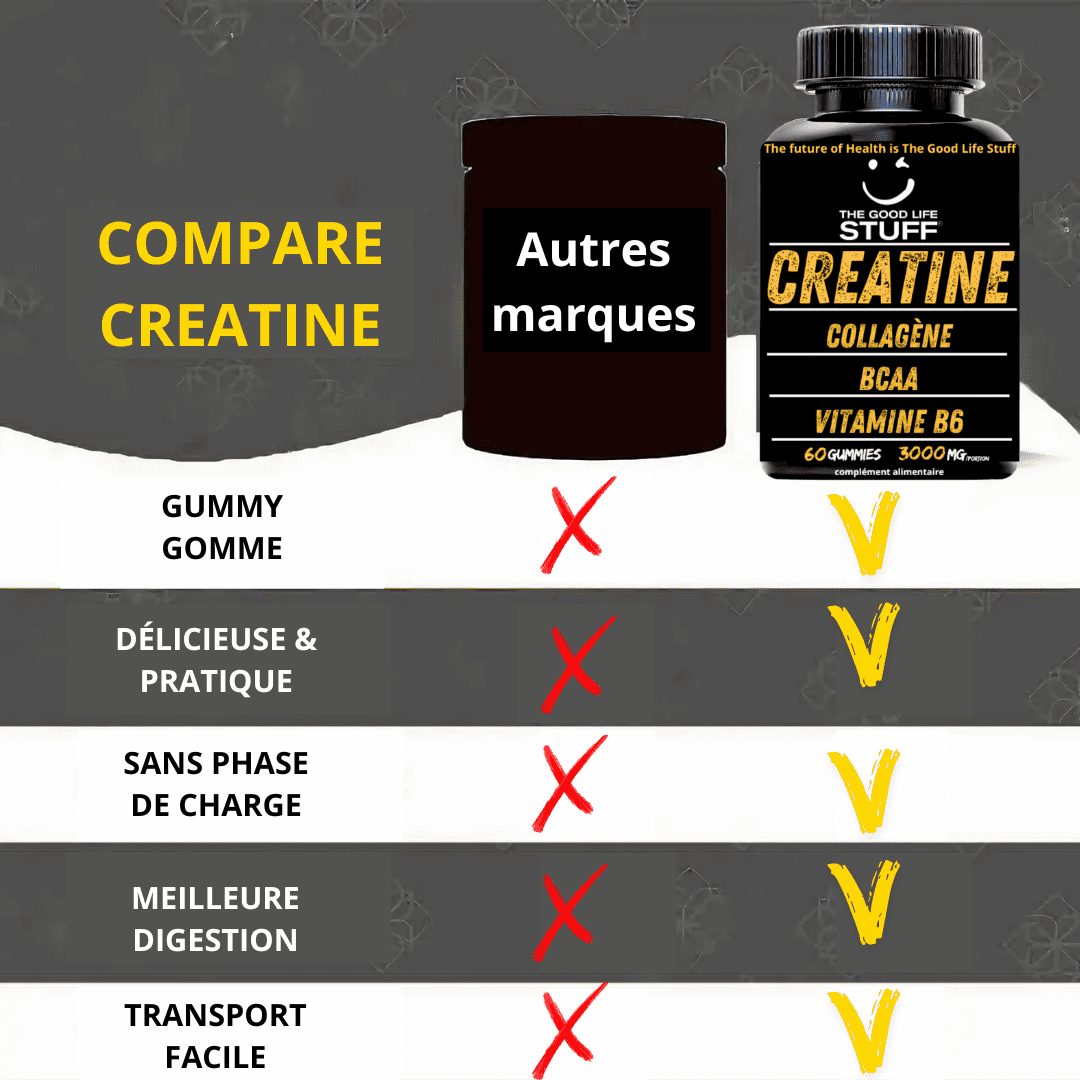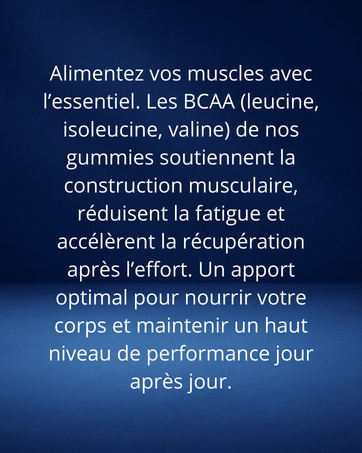La bonne technique pour augmenter ses performances au développé couché
Le développé couché est un exercice incontournable de tout programme de musculation, mais soulever plus lourd ne repose pas uniquement sur la force brute. Tout commence par la maîtrise de la technique.
Adopter une exécution correcte permet de gagner en force plus efficacement, de protéger les articulations et de construire des progrès durables. Beaucoup de pratiquants — débutants comme confirmés — tombent dans les pièges classiques : coudes trop écartés, rebond de la barre sur la poitrine, perte de technique sous la charge. Ces erreurs freinent les progrès et augmentent le risque de blessure.
Travailler sa technique est l’un des moyens les plus rapides d’améliorer ses performances. Ce guide détaille les points essentiels pour un développé couché plus lourd, plus sûr et plus efficace.
Comprendre le développé couché
Le développé couché est un mouvement polyarticulaire puissant qui sollicite la poitrine, les épaules, les triceps et même le dentelé antérieur (muscles situés sur le côté des côtes). Bien qu’il cible principalement le grand pectoral, une bonne technique engage aussi les triceps, les deltoïdes antérieurs, le dentelé antérieur et le gainage.
Contribution des principaux groupes musculaires :
-
Triceps : extension des coudes pour verrouiller le mouvement.
-
Deltoïdes antérieurs : aident à décoller la barre de la poitrine.
-
Trapèzes et rhomboïdes : stabilisent les omoplates pour offrir une base solide.
-
Core et fessiers : maintiennent le corps gainé et stable à chaque répétition.
Le développé couché n’est donc pas qu’un mouvement pour les pectoraux, mais un véritable exercice de poussée globale du haut du corps.
👉 Astuce : adoptez une trajectoire légèrement arquée — de la poitrine vers les épaules — pour plus de puissance et de stabilité.
Le setup : se positionner correctement
Avant même de décoller la barre, la mise en place conditionne la réussite du mouvement.
-
Alignement : allongez-vous les yeux sous la barre, pieds fermement au sol, écartés largeur d’épaules. Les talons doivent pousser dans le sol pour créer de la tension corporelle.
-
Dos : rapprochez et abaissez vos omoplates (rétraction scapulaire). Cela protège les épaules, augmente la stabilité et réduit l’amplitude.
-
Prise : mains légèrement plus larges que les épaules, coudes à environ 45° du buste. Les poignets restent alignés au-dessus des coudes.
L’exécution parfaite du développé couché
-
Sortie de barre : inspirez, gainez, contractez le dos et les jambes, puis placez la barre au-dessus des épaules.
-
Descente : contrôlez la descente vers le bas des pectoraux, coudes à 45°, poignets alignés.
-
Pause : marquez un court arrêt sans rebondir sur la poitrine.
-
Montée : poussez en arc de cercle vers l’avant, en engageant la poitrine et les triceps, talons au sol, omoplates serrées.
Chaque répétition doit être propre, contrôlée et puissante.
Surcharger progressivement pour gagner en force
La clé de la progression au développé couché repose sur le progressive overload (surcharge progressive). Il s’agit d’augmenter progressivement le poids, le nombre de répétitions, de séries ou encore de réduire les temps de repos.
Exemples d’application :
-
Ajouter 2,5 à 5 kg une fois que la technique est maîtrisée.
-
Ajouter 1 ou 2 répétitions par série.
-
Introduire une série supplémentaire pour augmenter le volume total.
-
Réduire légèrement le temps de repos.
-
Utiliser le tempo training en ralentissant la phase descendante.
Exemple de programme hebdomadaire pour progresser
Jour 1 – Force lourde
-
3 à 5 séries de 3 à 5 reps au développé couché lourd (80–90% du 1RM).
Jour 2 – Volume & accessoires
-
Développé couché haltères : 4x8–10
-
Développé incliné : 3x10–12
-
Triceps (pushdown ou prise serrée) : 3x10–12
Jour 3 – Vitesse & technique
-
Développé couché explosif : 6–8x2–3 à 60–70%
-
Développé couché avec pause : 3x8–10 (pause 2 sec en bas)
-
Pompes ou dips : 3x12–15
Exercices complémentaires pour progresser au bench
-
Développé militaire à un genou : renforce les épaules et le gainage.
-
Pompes avec bande élastique : développe la puissance explosive.
-
JM Press : combine développé serré et extension triceps.
-
Rowing incliné poitrine posée : renforce le dos et stabilise les omoplates.
-
Floor press : focalisé sur la phase de verrouillage.
Conclusion
Progresser au développé couché ne consiste pas seulement à pousser plus lourd, mais à pousser plus intelligemment.
Une bonne mise en place, une technique maîtrisée, une surcharge progressive et des exercices complémentaires permettent d’améliorer la force, d’éviter les blessures et de progresser durablement.
Que ce soit pour battre un record personnel ou développer une poitrine plus puissante, le secret réside dans la discipline, la technique et la régularité.
The Proper Form to Bench Press More Weight
The bench press is a staple in any strength-training routine, but lifting more weight isn’t just about raw power. It starts with proper bench press form.
Mastering proper technique helps build strength more efficiently, keeps joints safe, and sets the stage for long-term gains. Many lifters—beginners and seasoned gym-goers alike—fall into common traps: flaring elbows, bouncing the bar, letting form break under pressure. These mistakes can stall progress or, worse, lead to injury.
Dialing in proper bench press technique is one of the fastest ways to improve performance. In this guide, we’ll walk through the essentials of proper form so you can lift heavier, safer, and smarter.
Understanding the Bench Press Workout
The bench press is a powerful compound movement that trains the chest, shoulders, triceps, and even the serratus anterior (the muscles along the side of the ribs). While it primarily targets the pectoralis major, proper form also engages the triceps, anterior deltoids (the front part of the shoulders), serratus anterior, and core.
Here’s how each muscle group contributes:
- Triceps: Extend the elbows to lock out the lift.
- Front delts (shoulders): Help press the weight off the chest.
- Traps and rhomboids: Upper back muscles that stabilize the shoulder blades to create a solid base to push from.
- Core and glutes: Stay engaged to keep the body tight and steady through every rep.
The bench press functions as a full-body push. It’s more than just a chest movement—it engages the arms, shoulders, back, and even glutes to drive the bar upward.
This compound push exercise starts by lying flat on the bench and gripping the bar slightly wider than shoulder-width. The bar is lowered under control to the mid-chest. During the press, the elbows extend and the shoulders flex.
Tip: Maintain a slightly arched bar path, moving from just above the chest to directly over the shoulders for more power and stability.
This creates a stable, efficient press with minimal joint stress. As the Mayo Clinic explains, using correct strength training technique may help protect joints, improve coordination, and encourage balanced muscle engagement. This supports more effective lifts and may reduce the risk of injury.
Setting Up Proper Bench Press Form
Before the bar leaves the rack, the setup can make or break the lift. A strong, stable position sets the foundation for power, control, and safety. It’s one of the first steps in learning to lift heavier.
Start with body alignment.
Lie flat on the bench with your eyes positioned under the bar. Keep feet planted firmly on the floor about shoulder-width apart and stay flat throughout the lift. Driving the heels into the ground creates full-body tension, helping to stabilize the lower body and prevent the hips from lifting off the bench.
Set the back.
Pull the shoulder blades together and down toward the back pockets—a position called scapular retraction. This technique tightens the upper back, protects the shoulders, and gives one a strong pressing base. A study published in Sports Health found that progressive scapular retraction exercises improved shoulder function and increased the subacromial space, potentially reducing pain and injury risk. When the upper back is tight and slightly arched, the chest naturally lifts, reducing shoulder strain and shortening the range of motion.
Get the grip right.
Place your hands just outside shoulder-width to allow proper elbow tracking—roughly a 45-degree angle from the torso during the descent. A grip that’s too narrow shifts the load to the triceps, while an overly wide grip can strain the shoulders. Thumbs should wrap around the bar with a firm squeeze, and wrists stacked directly above the elbows.
This setup isn’t just about looking the part—it’s how you lock in strength and lift more with less risk of injury. Every rep starts here.
The Perfect Bench Press Technique
Once the setup is locked in, it’s time to move with purpose. A proper bench press isn’t rushed—it’s controlled, powerful, and precise. Here’s how to execute each phase of the lift:
1. Unrack
With eyes under the bar and grip set, take a deep breath and brace the core. Pull the shoulder blades tighter and drive the heels into the floor. Then, straighten the arms to unrack the bar and move it directly over the shoulders. Keep full-body tension—this is where stability begins.
2. Descent
Lower the bar slowly and with control. Aim for the mid to lower chest, not the neck or upper sternum. Elbows should remain at about a 45-degree angle from the torso, with wrists aligned directly over the elbows. This form helps protect the shoulders while activating the right muscle groups.
3. Pause
Briefly pause with the bar just above or lightly touching your chest. This eliminates momentum and forces the muscles to do the work. Maintain full-body tension and keep pressing into the floor with your feet, glutes tight, and upper back locked in. Don’t bounce the bar or let it rest on the chest.
4. Press
Drive the bar back up in a slight arc toward the rack, not straight up. Push through the heels, engage the chest and triceps, and exhale at the top. Keep the shoulder blades retracted and the elbows from flaring. Lock out with control, not speed.
Each rep should feel clean and controlled. In strength training, quality always wins over rushed movement.
Progressive Overload for Strength Gains
If you want to increase bench press strength, progressive overload is key. This principle focuses on gradually pushing the muscles to handle more over time—whether that means heavier weight, more reps, or greater total volume.
Muscles grow and strengthen when consistently challenged beyond their usual workload. The National Academy of Sports Medicine explains that gradually increasing training demands through weight, reps, or intensity helps stimulate adaptation and continued progress. Without that stimulus, progress stalls. Smart, consistent overload keeps the body moving forward without tipping into burnout.
Smart ways to apply progressive overload to the bench press include:
- Increase weight: Add small increments—like 2.5 to 5 pounds—once you can hit the target reps and sets with solid form.
- Add reps: If you’re not ready to increase the load, tack on one or two extra reps per set until it feels too easy.
- Add sets: Bumping up the total training volume by adding a fourth or fifth set can keep the intensity climbing.
- Reduce rest time: Shortening rest periods makes the muscles work harder under fatigue, building endurance and resilience.
- Use tempo training: Slow down the reps—especially the lowering phase—to increase time under tension and stimulate more muscle growth.
The goal is steady progress, not shortcuts. Train smart, stay consistent, and strength gains will follow.
Bench Press Workout Routines for Strength
Building a stronger bench takes more than just hitting the bar every Monday. A smart routine mixes heavy lifts with targeted variations to target the chest from multiple angles and strengthen supporting muscles.
Here’s a sample weekly routine focused on strength gains:
- Day 1 – Heavy Bench Day
3–5 sets of 3–5 reps of barbell bench press at 80–90% of your 1-rep max.
Rest 2–3 minutes between sets.
- Day 2 – Accessory & Volume Work
4 sets of 8–10 reps of dumbbell bench press
3 sets of 10–12 reps of incline bench press
3 sets of 10–12 reps of tricep pushdowns or close-grip bench press
- Day 3 – Speed & Technique
6–8 sets of 2–3 reps at 60–70% 1-rep max with explosive intent
3 sets of 8–10 reps of paused bench press (2-second hold at the bottom)
3 sets of 12–15 reps of push-ups or dips
Mixing variations like incline, close-grip, and paused bench presses help target weak points and build a more well-rounded chest. Each one challenges the muscles in a slightly different way, so you grow stronger and more stable with every rep.
Stick with this kind of routine consistently, and the weight on the bar will start moving up.
Auxiliary Exercises to Improve Bench Press Strength
If your bench press has hit a wall, it’s time to strengthen the muscles behind the lift. These five accessory exercises help target weak points like shoulder stability, triceps power, and upper back control—all essential for pressing more weight.
- Half-Kneeling Overhead Press: 3–4 sets of 8–10 reps
Builds shoulder strength and core stability. The half-kneeling stance promotes strict form, helps correct shoulder imbalances, and reduces arching during upper-body lifts.
- Pushup with Band Resistance: 3 sets of 8–12 reps
Adds explosive strength and lockout power. The resistance band challenges the chest, triceps, and core through the full range of motion.
- JM Press: 3–4 sets of 6–8 reps
A hybrid of the close-grip bench and skull crusher. Strengthens the mid-to-top range of the press without overloading the shoulders.
- Chest-Supported Incline Row: 3–4 sets of 8–12 reps
Strengthens the upper back and lats to improve bench press setup and shoulder blade control. The chest support keeps the torso locked in for clean, focused pulls.
- Floor Press: 4 sets of 6–8 reps
Focuses on the lockout phase while reducing shoulder strain. Great for building triceps strength and practicing tight, controlled reps.
With these supporting lifts in the mix, the final piece is bringing it all together—form, routine, and mindset. Once everything is in place, it’s time to put it to work.
Conclusion
Getting stronger on the bench press isn’t just about lifting heavier—it’s about lifting smarter. From proper setup and technique to progressive overload and targeted accessory work, every detail matters.
By focusing on form, reinforcing weak points, and staying consistent with a routine, progress will follow.
Whether you’re chasing a new PR or just trying to build a stronger chest, benching with purpose makes the difference. At Gold’s Gym, you’ll find the tools to train every variation—bench stations, dumbbells, bands, and racks—plus the energy to push further.







